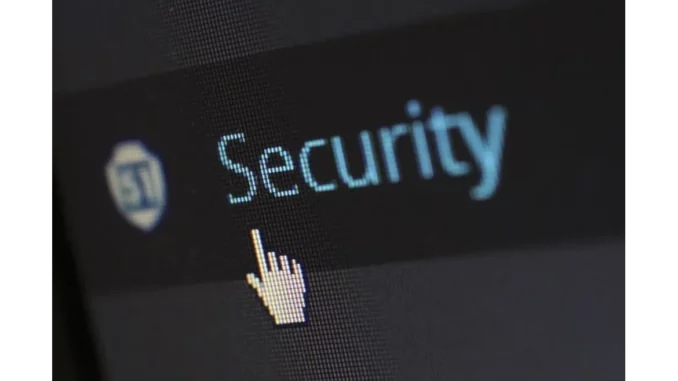
Summary
Storm-0501: A Rising Threat in Hybrid Cloud Security
In the rapidly evolving landscape of digital transformation, hybrid cloud environments have become fundamental to modern business infrastructure, offering the flexibility of public clouds with the security of private systems. However, the increasing reliance on these environments has also attracted cybercriminals, notably a group identified as Storm-0501. This group has emerged as a formidable threat by exploiting vulnerabilities within hybrid cloud architectures, posing significant risks to organisations worldwide. “Our analysis indicates that Storm-0501 is leveraging sophisticated techniques to penetrate cloud defences,” noted cybersecurity analyst Mark Reynolds.
Main Article
Unveiling Storm-0501’s Tactics
First detected in 2021, Storm-0501 has evolved swiftly from targeting US school districts to a diverse array of sectors, including government, manufacturing, transportation, and law enforcement. This group operates on a Ransomware as a Service (RaaS) model, in collaboration with various threat actors, deploying ransomware variants such as Hive, BlackCat (ALPHV), and their own creation, Embargo.
Storm-0501’s modus operandi involves exploiting weak credentials and over-privileged accounts to transition from on-premises setups to cloud infrastructures. Their strategy is enabled by exploiting known vulnerabilities in applications like Zoho ManageEngine, Citrix NetScaler, and ColdFusion 2016. By compromising credentials and seizing network control, they can embed persistent backdoors, thereby facilitating ransomware deployment and the exfiltration of sensitive data.
Tools and Techniques
A hallmark of Storm-0501’s attacks is their adept use of native Windows tools such as systeminfo.exe and net.exe for extensive network reconnaissance. This enables them to identify high-value targets and crucial domain information. Post-infiltration, they employ tools like Rclone, often renamed to resemble legitimate Windows processes, to exfiltrate data to public cloud storage.
The introduction of the Embargo ransomware marks a notable escalation in Storm-0501’s approach. Developed in Rust, this ransomware employs complex encryption techniques and dual extortion tactics. Victims face the encryption of their data along with the threat of sensitive data leaks unless a ransom is paid.
Implications for Hybrid Cloud Security
Storm-0501’s activities underscore the vulnerabilities inherent in hybrid cloud environments. The dual reliance on on-premises and cloud infrastructures creates a complex security matrix where poor credential management and misconfigurations can lead to significant breaches.
For organisations, adopting a proactive security stance is imperative. This includes robust credential management and the enforcement of least privilege access policies. Regular security audits and vulnerability assessments are critical to identifying and mitigating potential attack vectors.
Strengthening Organisational Defences
In response to threats posed by groups like Storm-0501, organisations must focus on enhancing their security frameworks through both technological and policy measures. This involves implementing multi-factor authentication, conducting continuous network activity monitoring, and employing advanced threat detection tools for timely identification and response to suspicious activities.
Additionally, educating employees on cybersecurity best practices and the risks of credential theft is essential. A well-informed workforce can serve as a frontline defence against social engineering and other attack vectors employed by cybercriminals.
Detailed Analysis
The rise of Storm-0501 is indicative of broader trends within the cybersecurity landscape, particularly concerning hybrid cloud environments. These systems, while offering substantial advantages in terms of scalability and flexibility, also present unique security challenges. The complexity of integrating on-premises and cloud services can lead to misconfigurations and security gaps, which groups like Storm-0501 are adept at exploiting.
Moreover, the rapid adoption of hybrid clouds has outpaced the development of skilled cybersecurity professionals, contributing to a significant skills gap. This deficiency leaves organisations vulnerable to sophisticated attacks that can exploit inadequate security measures.
Shared Responsibility and Security Protocols
The hybrid cloud model necessitates a shared security responsibility between organisations and cloud service providers (CSPs). However, this division can result in confusion and coverage gaps if not meticulously defined and managed. Standardising security protocols across both private and public cloud environments is crucial to maintaining a consistent security posture.
Further Development
As the threat landscape continues to evolve, staying abreast of emerging cyber threats such as those posed by Storm-0501 is vital for organisations leveraging hybrid cloud environments. Future developments in this space will likely focus on enhancing cybersecurity measures, including the integration of artificial intelligence and machine learning for advanced threat detection.
Organisations are encouraged to engage with ongoing coverage and expert analyses to remain informed and prepared. As hybrid cloud adoption grows, ensuring robust security frameworks will be key to safeguarding digital assets against increasingly sophisticated cyber threats. Stay tuned for further insights and updates on this unfolding story.

